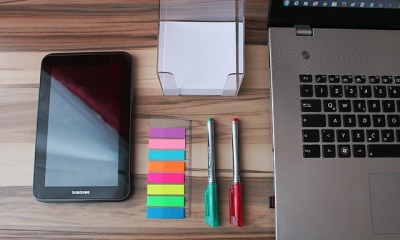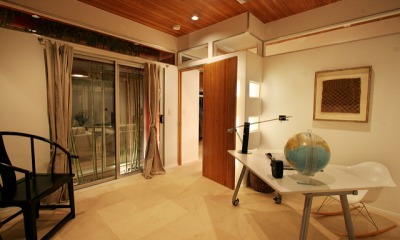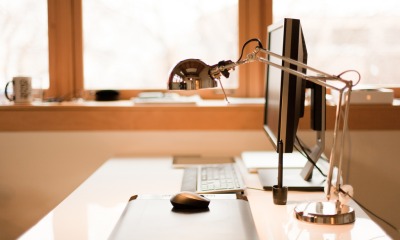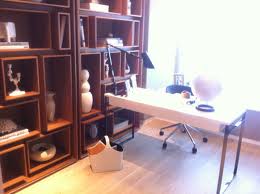Home Improvement
Cozy Home Office Setup Tips For 2021
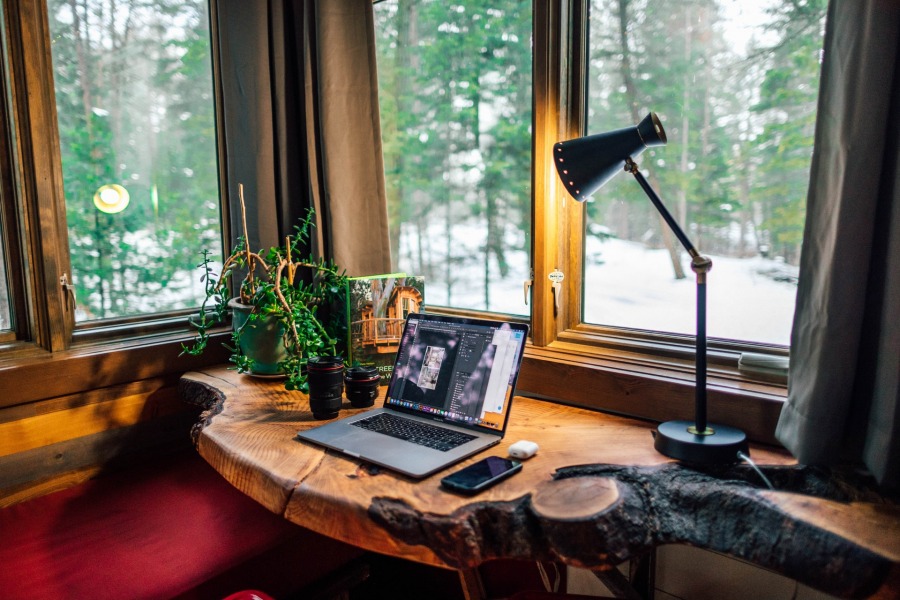
Whether you work from home or have set out a place for something you like such as crafting, studying, or writing, your home office should encourage the flow of inspiration and allow you to get down to business. This isn’t always the case, though. Our houses’ home offices are frequently underused spaces.
To assist you in creating and renewing your own inspired workplace, we’ve included some tips on how to cozy up your home office.
Choose the Best Location for Your Desk
When deciding on a workstation in your house, noise and traffic should be taken into account. If your workplace is near the street, for example, the horn and voices may disrupt your focus. If you don’t live alone, it’s also a good idea to pick a spot in the house away from the throng to avoid the noise. If at all possible, choose a room that is not close to the living room, bathroom, or kitchen.
If you have little children to look after, the scenario will alter. In this scenario, you’ll want to put the desk somewhere where you can keep an eye on your kids. Of course, all of these considerations must be examined in the context of the available options.
It’s essential to be comfortable
Working for lengthy periods on an uncomfortable office chair and a useless desk, no matter how attractive, is not healthy. As a result, while selecting home office furniture, function and comfort should be your top priorities.
You don’t have to settle with obnoxiously large black leather seats that aren’t your taste. However, you should make sure that your workplace chair is comfy and provides great back support. Unfortunately, attractive plastic and wooden seats are insufficiently comfortable for lengthy periods.
You should also maintain your computer at eye level by using a desk or laptop stand. Remember that shutting your eyes to gaze at the screen makes you weary and drowsy. And, while working in your pyjamas may appear to be the most comfortable option, you should respect your employer and dress more professionally. When you need to open the camera, you won’t feel ashamed.
Finally, if you have enough space, a reading chair or a daybed may be added to your home office for brief pauses. Don’t forget to provide a couple of seats for your visitors.
Sunlight in the room is crucial
According to research, people who work in natural light are more productive, get more vitamin D, sleep better, and have fewer eye problems. Exposure to sunshine is beneficial to both your mental and physical wellbeing. Its influence on power costs should also be considered.
Working in offices that are bathed in bright white light from dawn to dusk, while spending most of the day staring at screens, is enough to harm human health. So make the most of working from home by setting up your workspace in a bright location. Simply position your screen at an angle that will not cause glare. In this case, roller blinds are perfect as you can control the sunlight and set up the right amount of it to come into your room.
When it comes to home office design, artificial lighting will be required in addition to natural illumination. When it comes to lighting for the study room, yellow light is preferable to white light. A table lamp can be used in addition to ambient illumination. Remember that working in a well-lit environment makes you happier and more productive.
Hide your cable or use wireless devices
The growing electronic mess is one of the worst pictures in offices in our digital age. Of course, technological devices in offices are unavoidable. This, however, does not necessitate putting up with the tangled mess of cables that run beneath your feet.
When it comes to arranging your home office, there are a few things you should keep in mind to prevent cable mayhem. First and foremost, wherever feasible, choose wireless versions of all electrical equipment. However, if you already have wired gadgets, hide them beneath your desk. You may do this by using cable organizers that are offered separately. You won’t believe how neat your home office will be once you’ve completed all of these tasks.
More and more of us are wanting to integrate a more permanent study place into our homes, whether we’re working from home, handling admin, or encouraging the kids to buckle down with their schoolwork.
However, tiny homes seldom have the luxury of a spare room that can be converted into a study, so creative space utilization is essential.
-

 Tech11 years ago
Tech11 years agoCreating An e-Commerce Website
-

 Tech11 years ago
Tech11 years agoDesign Template Guidelines For Mobile Apps
-

 Business6 years ago
Business6 years agoWhat Is AdsSupply? A Comprehensive Review
-

 Business10 years ago
Business10 years agoThe Key Types Of Brochure Printing Services
-

 Tech8 years ago
Tech8 years agoWhen To Send Your Bulk Messages?
-

 Tech5 years ago
Tech5 years ago5 Link Building Strategies You Can Apply For Local SEO
-

 Law5 years ago
Law5 years agoHow Can A Divorce Lawyer Help You Get Through Divorce?
-

 Home Improvement6 years ago
Home Improvement6 years agoHоw tо Kеер Antѕ Out оf Yоur Kitсhеn




